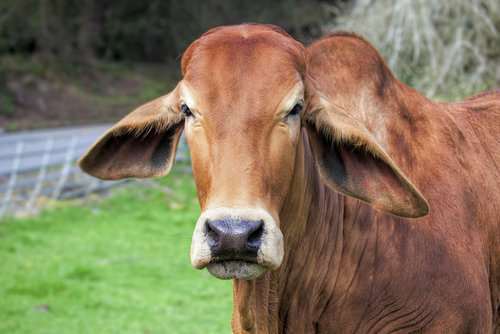Scientists are using lasers and breathalyzers to collect data
By Diego Flammini
Assistant Editor, North American Content
Farms.com
Every time a cow burps, it gives scientists in Alberta the chance to measure the impact of greenhouse gases created by cattle.
Researchers are using laser beams and breathalyzers to measure how much methane cattle produces; methane accounts for more about 55 per cent of the total greenhouse gas emissions created by Canadian beef production.
Originally, cows would be measured individually in a test chamber, but researchers felt it wasn’t an accurate method when compared to measuring cows roaming in a field.

John Basarab, a University of Alberta professor and research scientist with Alberta Agriculture Forestry at the Lacombe research station, told CBC the test chamber method is expensive, time consuming and can alter an animal’s behaviour.
Now, some fields are equipped with laser beams upwind and downwind from a herd of about 40 cattle. The beams measure methane and carbon dioxide while a breathalyzer filled with feed collects air as the cows eat.
"Before, we would have to collect this air in a cannister of some type, take it back to the lab, and maybe two weeks later we would get an answer. Now, this is all real time,” Basarab told CBC.
The collected data shows that breeding animals that eat less than what their size requires could reduce methane emissions by as much as 15 per cent over 15 to 25 years of selective breeding.